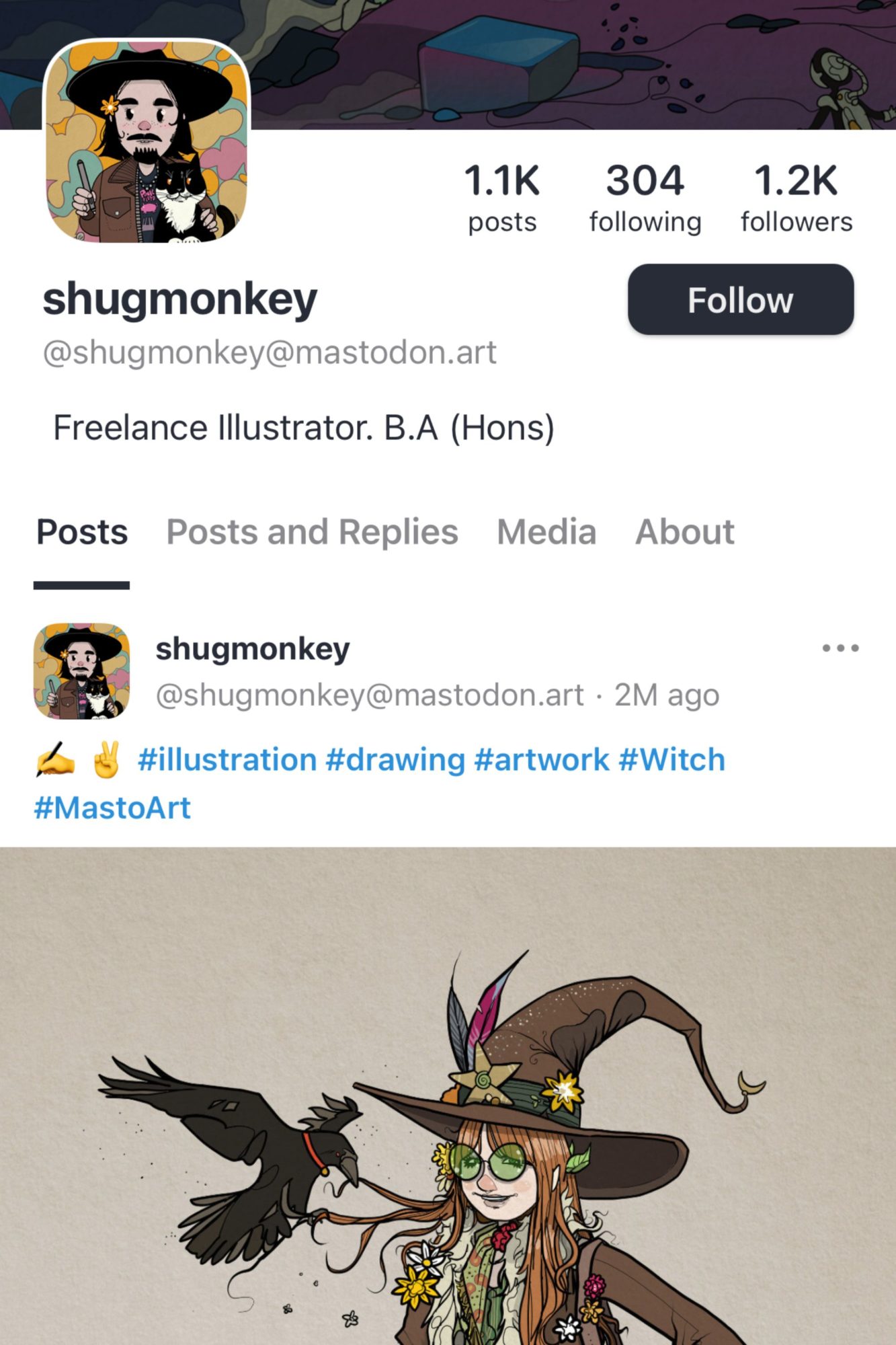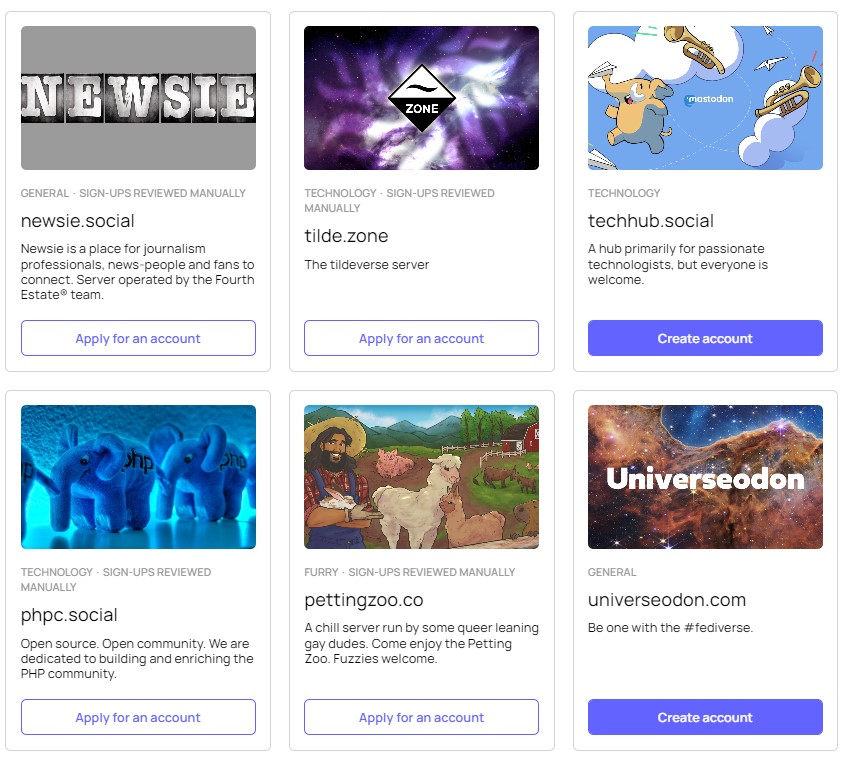Elon Musk is in, and that means many Twitter users are out, heading to an alternative, drama-free platform called Mastodon, which has had almost half a million new sign-ups since Musk’s take-over.
The world’s richest man finalised his deal to buy Twitter on October 28, and since then, Musk has caused what can only be described as chaos. He’s fired the CEO, laid off half of Twitter’s approximately 3,700 employees and asked those left to work 12-hour days and weekends.
The latest? He’s set up the new Twitter Blue, which costs $7.99USD per month and will get you a blue verified checkmark. If you tap on someone’s blue checkmark, though, it states whether the person is verified because they’re ‘notable’ or because they paid for it.
It’s no wonder, then, that many are looking for alternatives to Twitter. One of the main platforms people have been joining instead is Mastodon. So, what is Mastodon? And how does it differ from Twitter?
Related: A Note on How Instagram’s Notes Feature Actually Works
Related: As Elon Musk Logs on as the New Boss of Twitter, Thousands Are Logging Off For Good
Mastodon was created in 2016 by European software developer Eugen Rochko, specifically as an alternative to Twitter. It works like Twitter, in that users can post messages, as well as share images and videos. Users can also follow, like, share and repost each other’s content. Messages posted on Mastodon can be up to 500 characters, while Twitter caps at 280 characters. Instead of ‘tweets’, users post ‘toots’.

The main difference between Mastodon and Twitter, though, is that Mastodon isn’t a single website. Instead, it’s made up thousands of independently run servers, also known as “instances”, which each have their own rules and moderation policies. You can sign up for a specific server, which is run by whoever set it up, usually volunteers.
There’s a list of servers that focus on specific locations or topics of interest. All have signed up to the “Mastodon covenant”, which promises “active moderation against racism, sexism, homophobia and transphobia”. Mastodon also don’t have any algorithms or ads.
To use Mastodon, you’ll first need to decide which server you’d like to make your account on. If you later find a different server you’d prefer, you can easily move your profile to it at any time without losing any followers. Your feed will show content from anyone you choose to follow, regardless of which server they’re on.
Mastodon has over 4,600 servers in topics including General, Technology and Activism. Some servers include ‘techhub.social’, a hub for passionate technologists; ‘pettingzoo.co’, described as a “chill server run by some queer leaning gay dudes”; and ‘metalhead.club’, which focuses on metal music content, hosted in German and powered by 100% green energy.

“Users who have embraced Mastodon say they are excited the platform offers a way of connecting with communities without the polarisation that has come to haunt Twitter,” reports Sydney Morning Herald.
The platform currently has 1.3 million users, with a 268% increase month-on-month, as of writing this, according to a sidebar on its site. With the sudden spike in users, though, some issues have arisen. Some of the most popular servers that feed users into the network are overloaded, and volunteer administrators can’t keep up with new user requests and posting.
“What the platform owners and the instance administrators need to make sure is, it’s somehow sustainable,” Aravindh Raman, an internet measurements researcher with the telecommunications company Telefónica who has studied Mastodon, told Wired.
Read more stories from The Latch and subscribe to our email newsletter.







